This post may contain affiliate links, please read our disclosure policy.
Check out this gin fun facts and trivia! Who knew gin had so much history and was used for so many different things!
You don’t have to be a mixologist to understand the allure of gin. It’s perfect for warm afternoons spent outside, and just as good for cozy ones next to the fire. This dynamic drink is suitable for anyone’s taste, and it has been for centuries.
But it’s not just the spirit’s complex and diverse flavor profile that makes it so gin-tresting! Here are a few fun facts about gin that you probably didn’t know.
Medicinal Ori-Gins
Before gin formed part of many a beloved cocktail, it was used to treat a variety of ailments. In the 17th century, a Dutch professor of medicine, Franciscus Sylvius, distilled juniper berries with other spirits to create a cheap medicine. The result was gin, which was then prescribed for kidney ailments, gout, and gallstones.
It’s not just the spirit that has its origins in medicine, but also its famous cocktail pairing: gin and tonic! In fact, many of the mixers that we pair with alcohol have medicinal origins, including soda water and ginger ale.
Gin was first mixed with tonic during the British colonial period in India. A Scottish doctor, George Cleghorn, discovered that the quinine in tonic was effective against malaria. Because tonic water is quite bitter, people began adding gin and then lemon and lime to create what we now know as the classic gin and tonic.
So, next time you’re drinking gin and tonic, you can tell your friends it’s medicinal!
From Medicine To ‘Mothers Ruin’
The medicinal purpose of gin soon turned into something more menacing as the spirit grew in popularity.
British soldiers were first introduced to gin during the Dutch War of Independence. Fighting on the side of the Dutch, the soldiers encountered the spirit in Antwerp while battling the Spanish. Traveling British soldiers then brought the spirit home with them, where it became a favorite amongst the working class.
At the time of its introduction, levies on French brandy had been increasing due to ongoing hostilities between the British and the French; making gin a cheaper option.
The low-cost and high potency of the drink led to its excessive consumption in 18th-century England, with hefty social consequences. This period became known as the ‘Gin Craze’.
The craze led to the British parliament passing acts specifically designed to control the consumption of gin. It had caused the greatest public concern compared to any other alcohol and was thus dubbed ‘mothers ruin’.
A Spirit Of Many Names
What’s in a name? That which we call gin, by any other name, would taste as sweet.
It’s true, gin has taken on many names in its long lifetime. The spirit was first called ‘genever’ after the Dutch word for juniper, which is the key botanical used in the drink. It’s also called ‘juniper juice’ as a result.
Interestingly, the juniper berry is not a real berry, but is a type of seed cone with fleshy scales that gives the appearance of a berry.
‘Bathtub gin’ refers to homemade gin during the prohibition in the United States in the early 1900s. The gin was in a bottle so tall that it had to be filled in a bathtub rather than in a sink! Today, there is a brand of gin still called bathtub gin!
Dutch Courage
It’s also thanks to gin that we have the phrase ‘Dutch courage’.
When fighting in the Dutch War of Independence, British soldiers would consume gin before the battle. They found that the spirit helped to calm their nerves and began referring to the consumption of gin as ‘Dutch courage’.
The British fascination with gin led them to make their own version of genever, which they shortened to what we know today as ‘gin’.
Gin Comes In Many Varieties
Gin is a broad category of spirits, encompassing many different styles and types. Each has its own unique flavor profile and characteristics.
Some of the more popular types of gin include:
- London Dry: No other gin has as strong juniper notes as London Dry gin. The flavor profile consists of citrus zest, candied angelica stalk, and licorice. London Dry gin creates a classic base for every gin cocktail.
- Old Tom: This gin is also flavored with juniper. What makes it stand out is its light, malty, and soft flavor profile. Old Tom is sweeter and less botanical than most other gins.
- Plymouth: This gin has a long, spicy, and fruity finish with hints of tangy juniper oil, coriander seed, and pepper. Plymouth is a subtle gin without the usual bitter botanicals and is similar to London dry gin.
- Genever: The original form of gin, Genver is malty and tastes like a blend between gin and light scotch whisky. Genever is aromatic and smooth. It’s still popular in parts of the Netherlands, Belgium, France, and Germany.
Gin Is Made From Botanicals
Juniper berries, coriander, angelica root, and citrus peels are common botanicals used in gin. They’re what gives the drink its unique flavor and aroma. The botanicals infuse into the spirit to release their flavors.
Some gins include more unusual botanicals, like cucumber, rose petals, elderflowers, and lavenders. Many qualified bartenders also use their drinks knowledge to make their own botanical-infused gins or gin-based drinks using herbs, flowers, spices or fruit.
Gin Is A Food-Friendly Spirit
Red wine with cured meats and white wine with prawns are common food and alcohol pairings. But it’s rare to find a good food and spirit pairing.
The versatility of gin makes it a better spirit than vodka or bourbon to pair with food. The distillation of gin can suit any herb and can therefore easily align with dishes that match its flavor profile. The flavors found in gin also get closer to food than any other spirit.
Some mouthwatering gin and tonic food pairings include:
- Gin and Charcuterie: The herbal flavors found in gin pair well with charcuterie meats infused with herbs. Think fennel salami, duck prosciutto, and porchetta!
- Gin and Cheese: Strongly flavored cheeses seasoned with herbs pair well with gin and tonics.
- Gin and Nuts: The saltiness and fattiness of nuts go well with gin and tonic. Pick between peanuts, cashews, pistachio, hazelnuts, and almonds for a satisfying pairing.
From a medicine to a war-time tonic, to a drink infused with some of nature’s best, gin hasn’t just stood the test of time. It’s flourished!

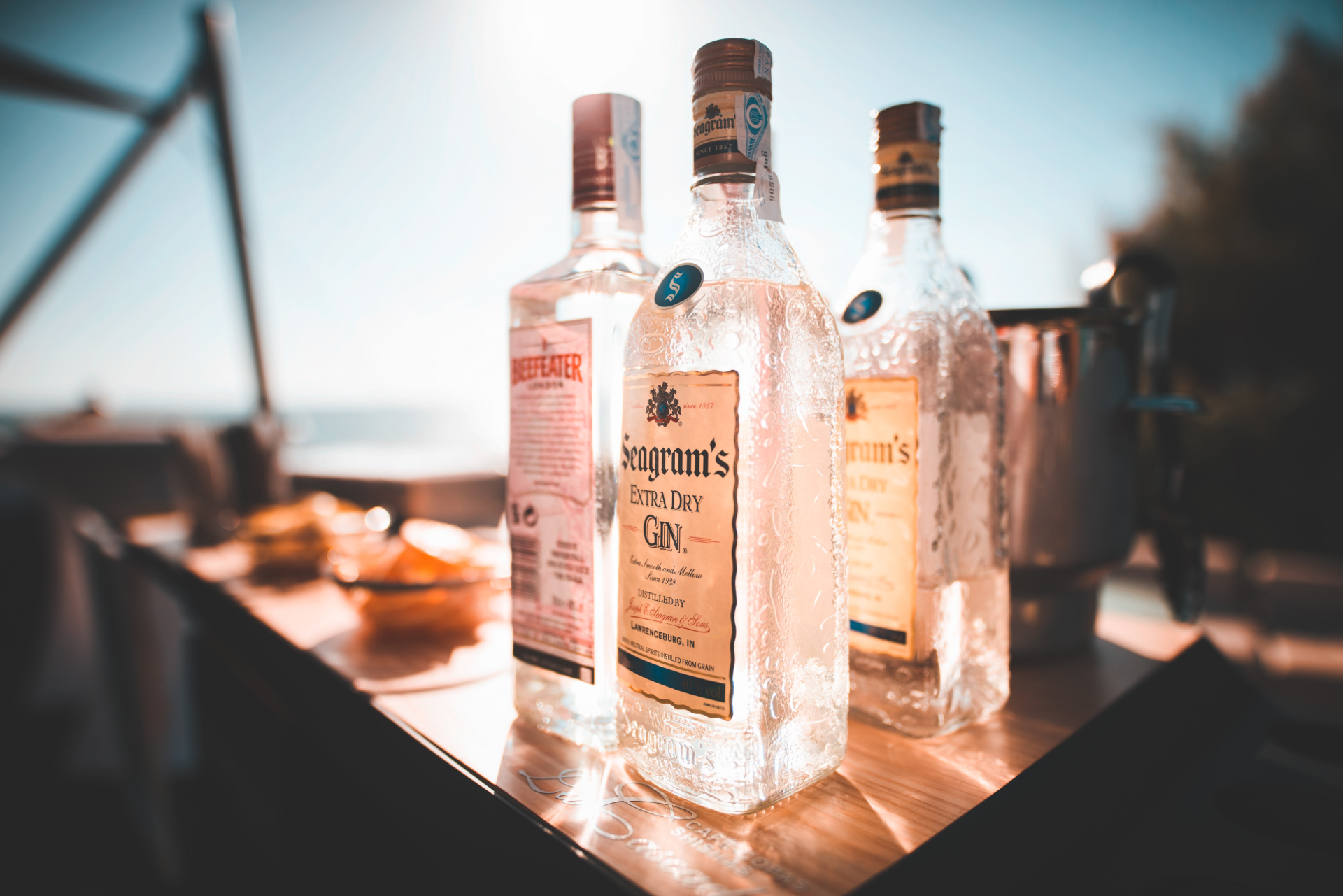


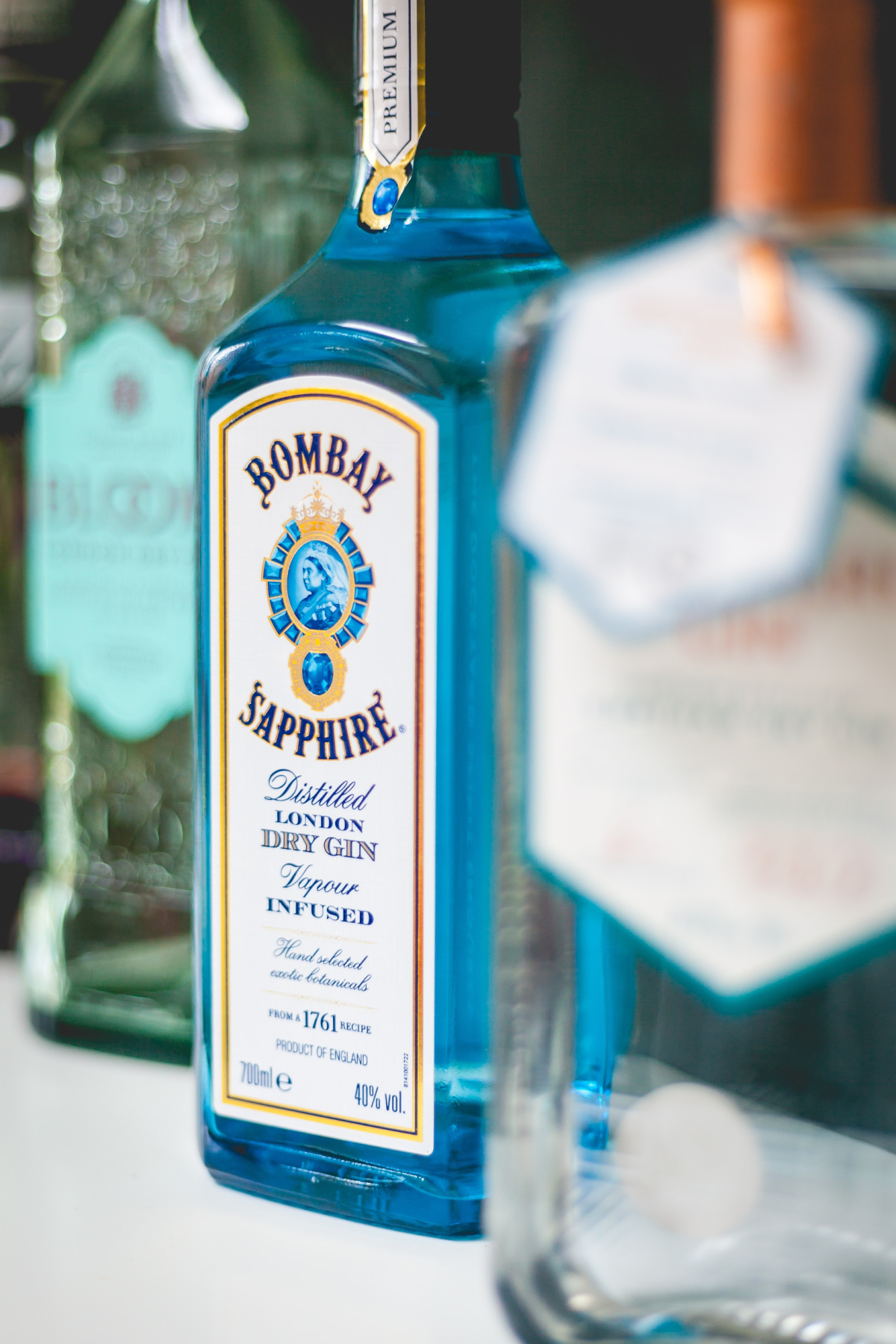
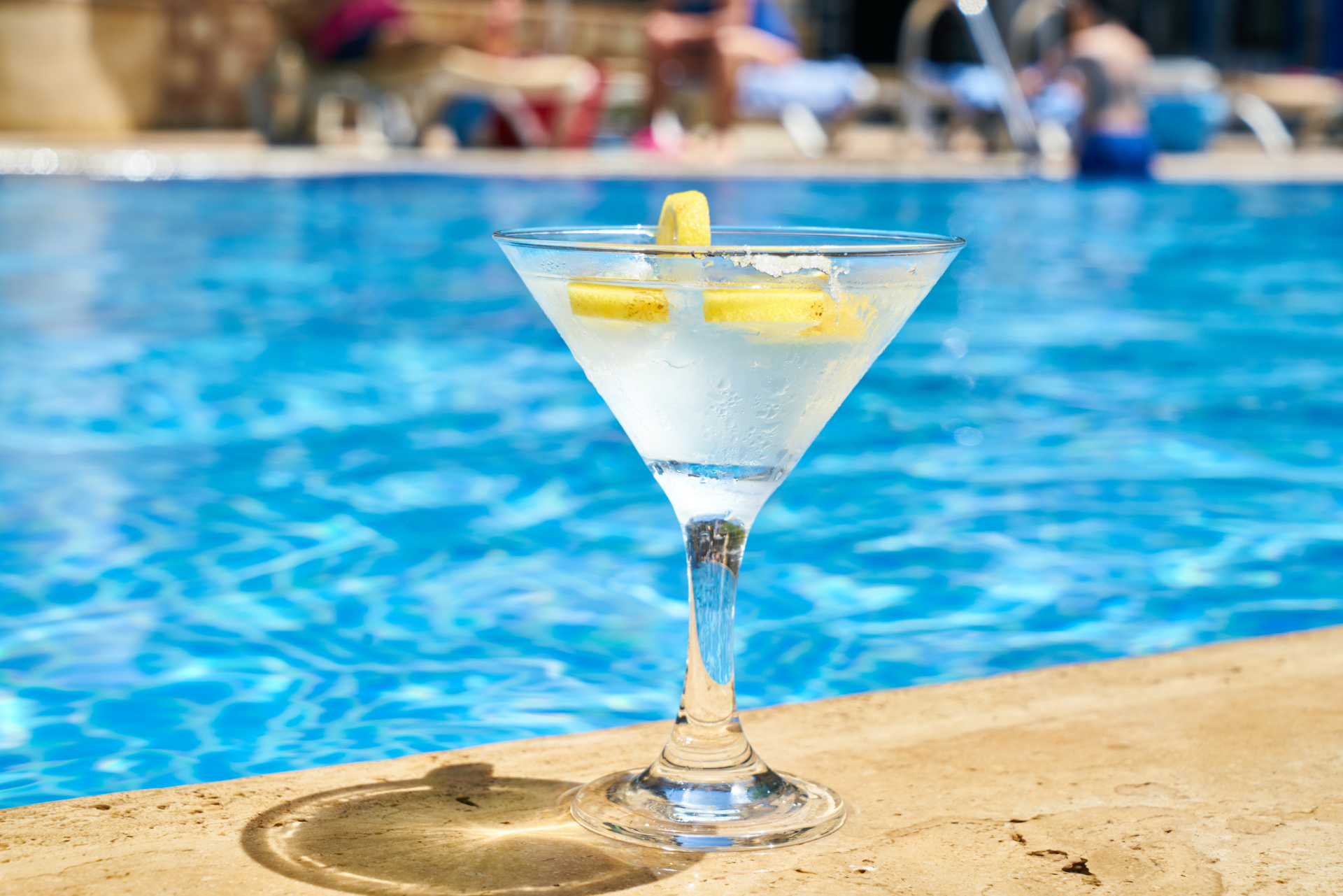
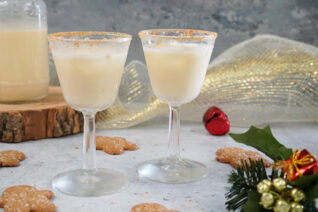
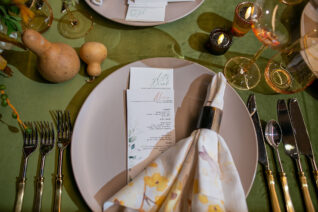
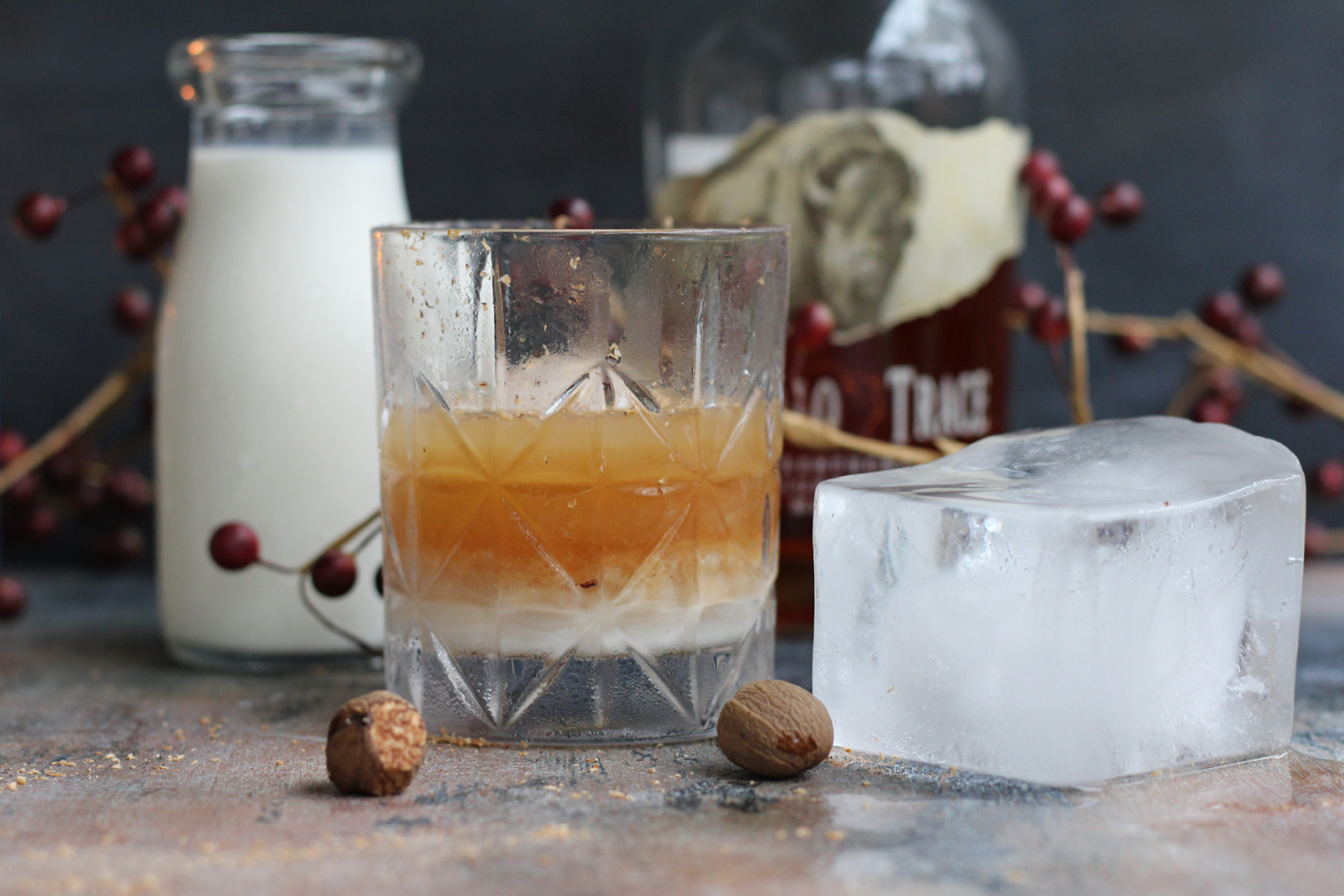
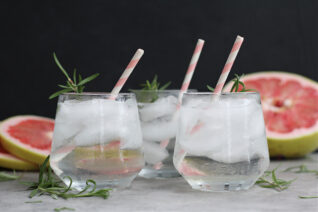

Comment section